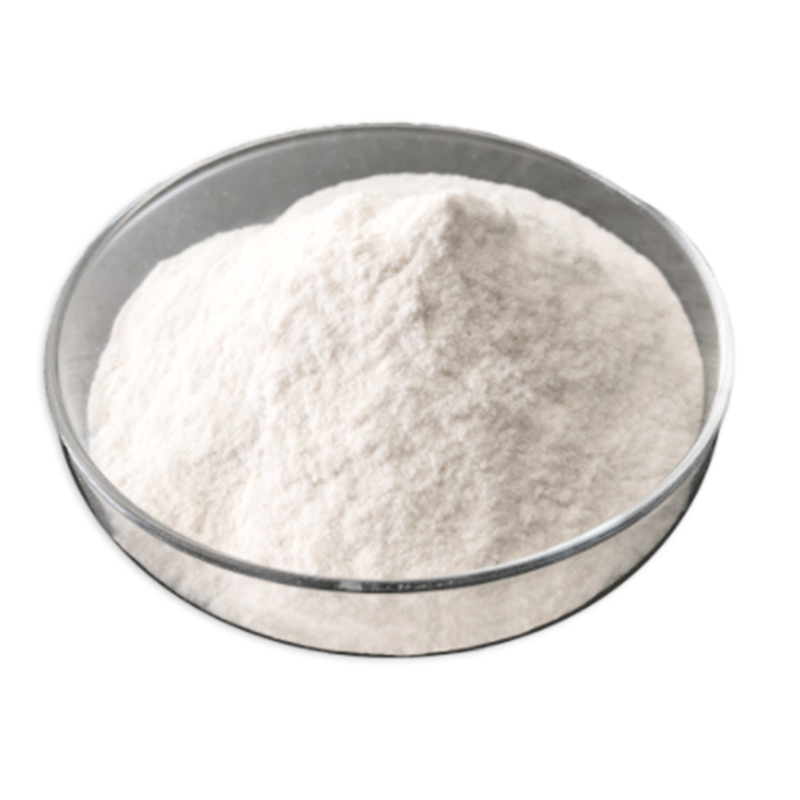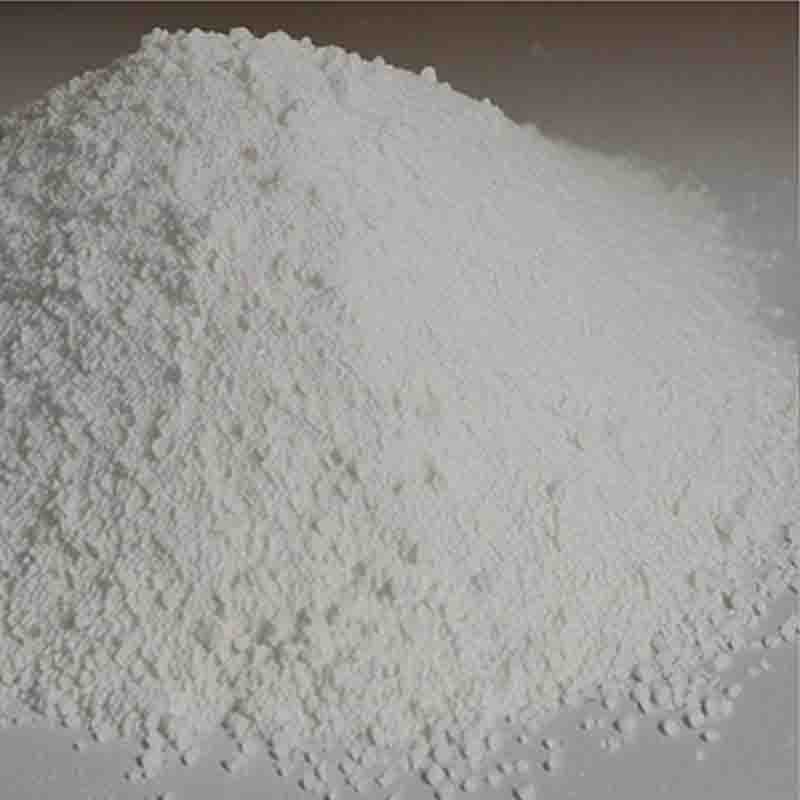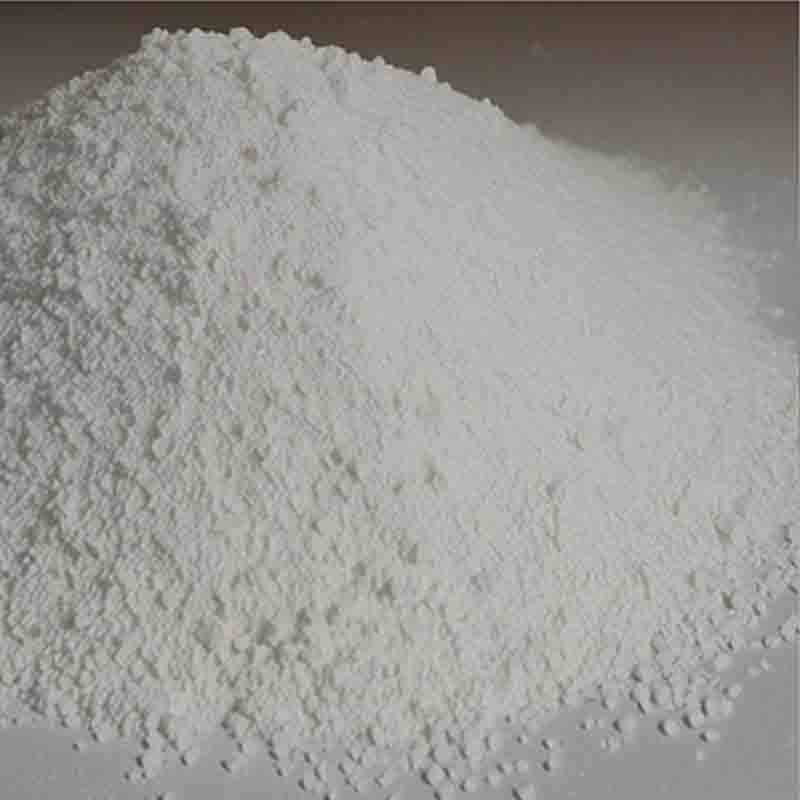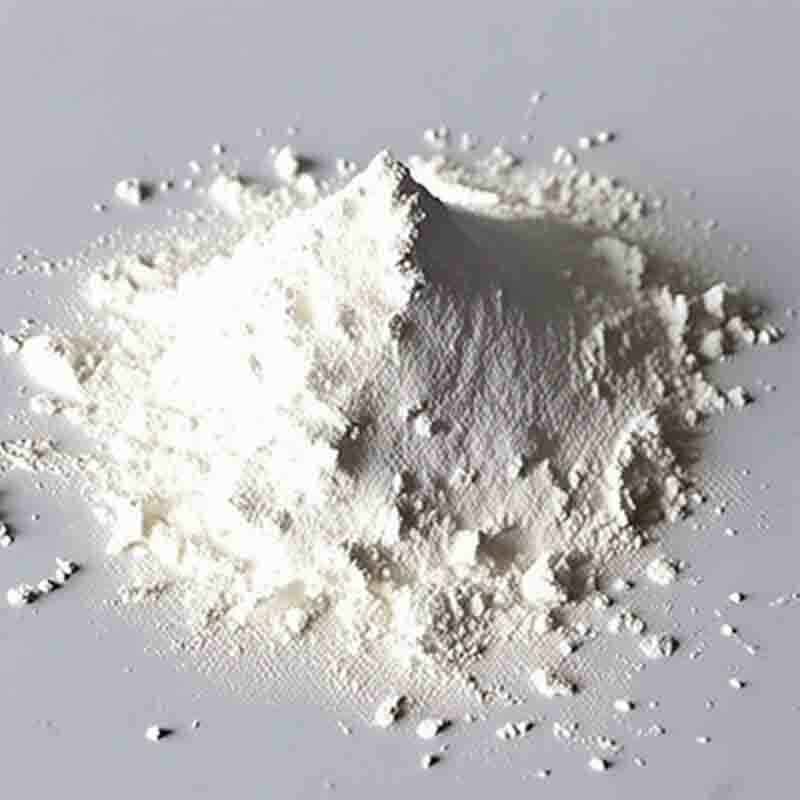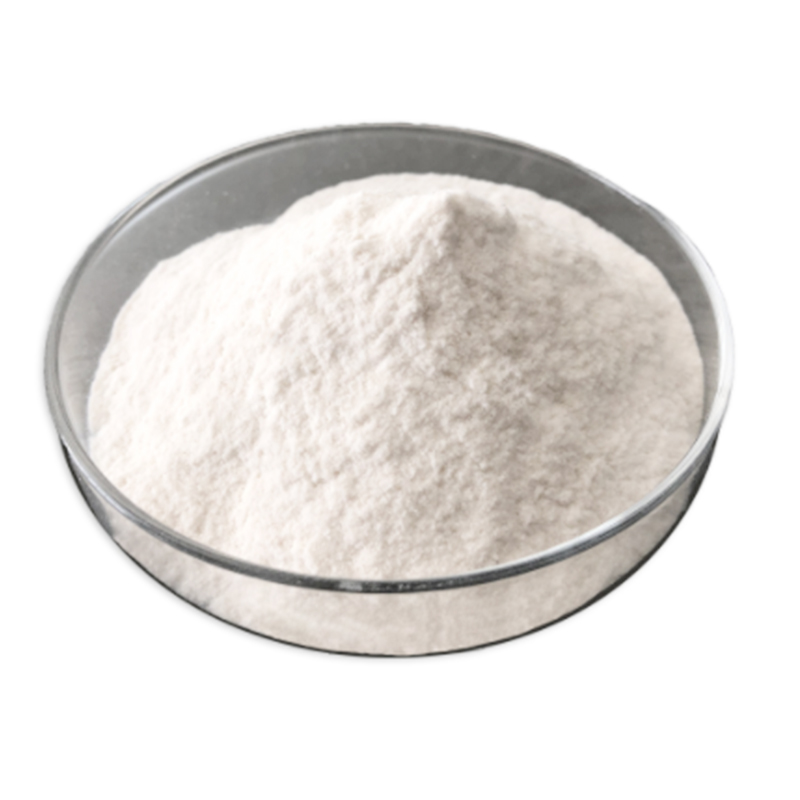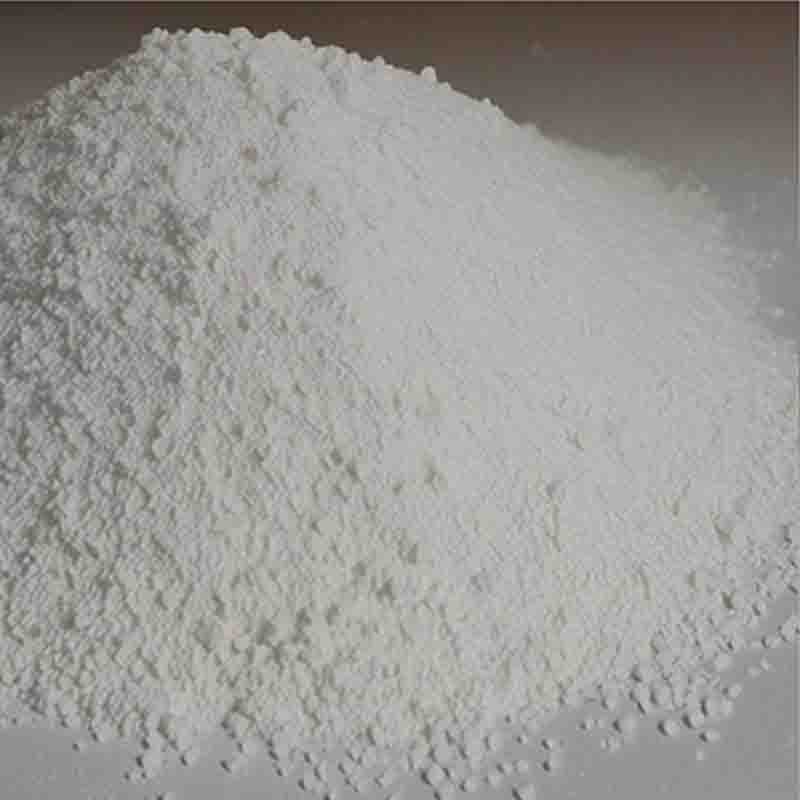1′,3′,3′-trimethylspiro[benzo[f][1,4]benzoxazine-3,2′-indole] CAS:27333-47-7
| Catalog Number | XD96399 |
| Product Name | 1',3',3'-trimethylspiro[benzo[f][1,4]benzoxazine-3,2'-indole] |
| CAS | 27333-47-7 |
| Molecular Formula | C22H20N2O |
| Molecular Weight | 328.41 |
| Storage Details | Ambient |
Product Specification
| Appearance | White powder |
| Assay | 99% min |
1',3',3'-trimethylspiro[benzo[f][1,4]benzoxazine-3,2'-indole] is a chemical compound that belongs to the spiroindoline family. As a relatively new compound, its effects and applications are still under investigation. However, based on its structure and initial research, it holds potential in several areas.One area where this compound may have an effect is in the field of organic electronics. Spiroindoline derivatives have been studied for their ability to act as organic semiconductors. These materials can be used in the development of organic electronic devices such as organic solar cells, organic field-effect transistors, and organic light-emitting diodes. The unique structure of 1',3',3'-trimethylspiro[benzo[f][1,4]benzoxazine-3,2'-indole] may contribute to its electronic properties, making it a promising candidate for these applications.Additionally, spiroindoline compounds have shown potential as antibacterial and antifungal agents. Their structural features allow them to interact with biological targets and disrupt microbial cell functions. While specific studies on the antibacterial and antifungal effects of 1',3',3'-trimethylspiro[benzo[f][1,4]benzoxazine-3,2'-indole] are limited, its spiroindoline backbone suggests that it might possess similar properties. Further research is necessary to determine its potential in combating microbial infections and developing new therapeutic strategies.Furthermore, the spiroindoline compound has been investigated for its role as a photosensitizer in photodynamic therapy (PDT). PDT is a non-invasive medical treatment that utilizes photosensitizing agents, light, and oxygen to generate reactive oxygen species and selectively destroy cancer cells or other targeted tissues. The unique structure of 1',3',3'-trimethylspiro[benzo[f][1,4]benzoxazine-3,2'-indole] may contribute to its ability to absorb light and generate reactive oxygen species, making it a potentially effective agent for PDT.It is important to note that these potential effects and applications of 1',3',3'-trimethylspiro[benzo[f][1,4]benzoxazine-3,2'-indole] are speculative and still require further study and validation. Research into its properties, synthesis methods, and biological activities is ongoing, and future investigations will shed more light on its potential applications and effects.In summary, 1',3',3'-trimethylspiro[benzo[f][1,4]benzoxazine-3,2'-indole] holds promise as a compound with potential applications in organic electronics, antibacterial/antifungal therapy, and photodynamic therapy. Further research and development are necessary to fully understand its properties and unlock its potential in various fields.


![1′,3′,3′-trimethylspiro[benzo[f][1,4]benzoxazine-3,2′-indole] CAS:27333-47-7 Featured Image](https://cdn.globalso.com/xdbiochems/白色粉末11259.jpg)
![1′,3′,3′-trimethylspiro[benzo[f][1,4]benzoxazine-3,2′-indole] CAS:27333-47-7](https://cdn.globalso.com/xdbiochems/粉末1082.jpg)
